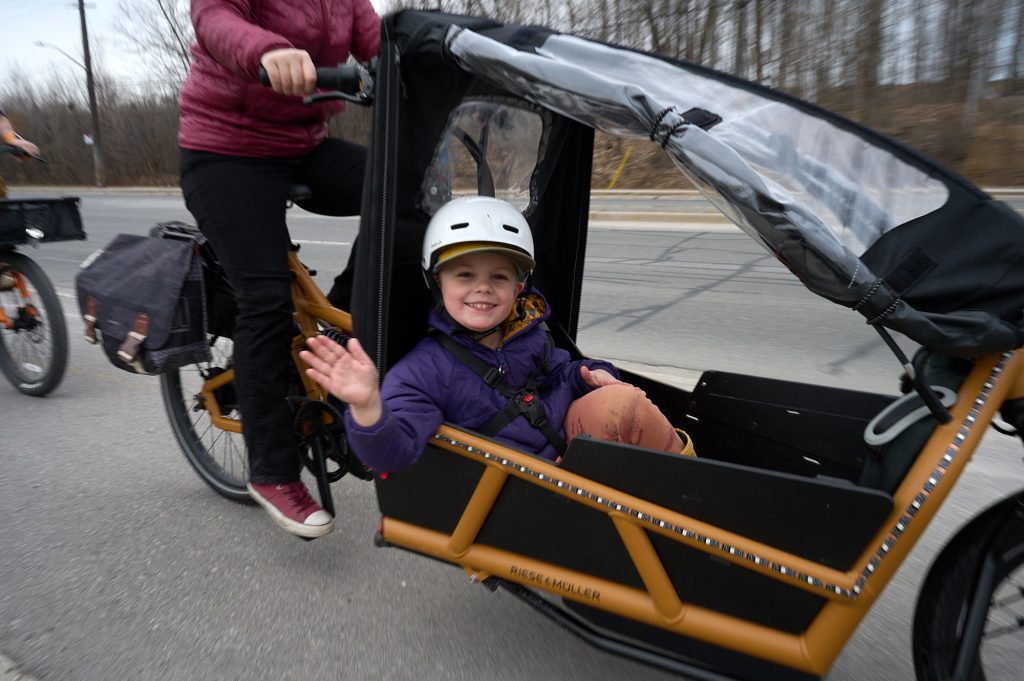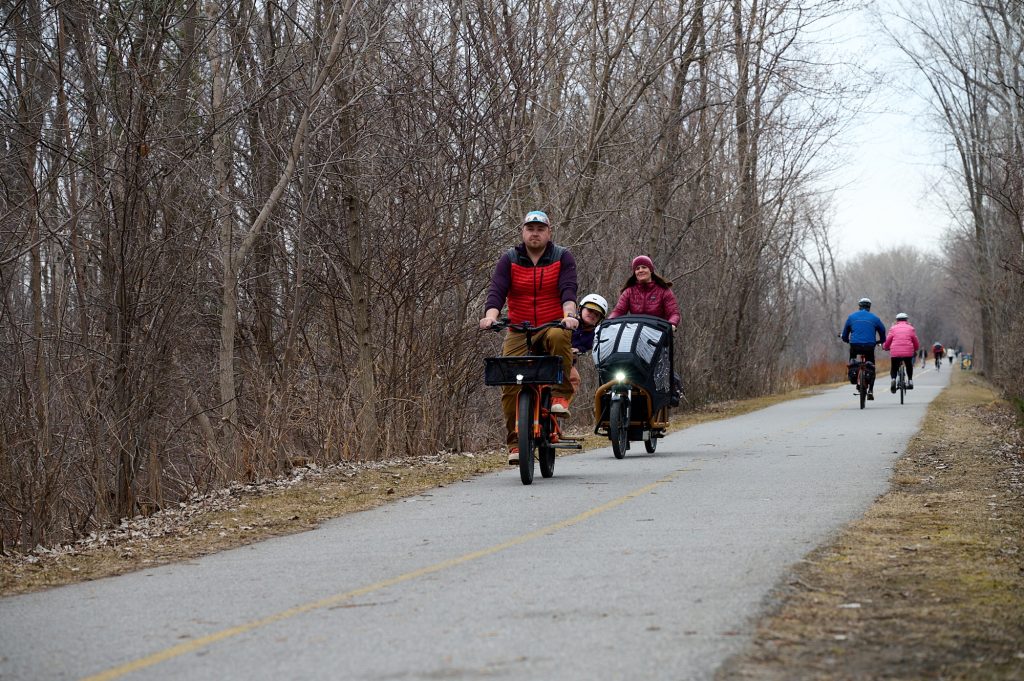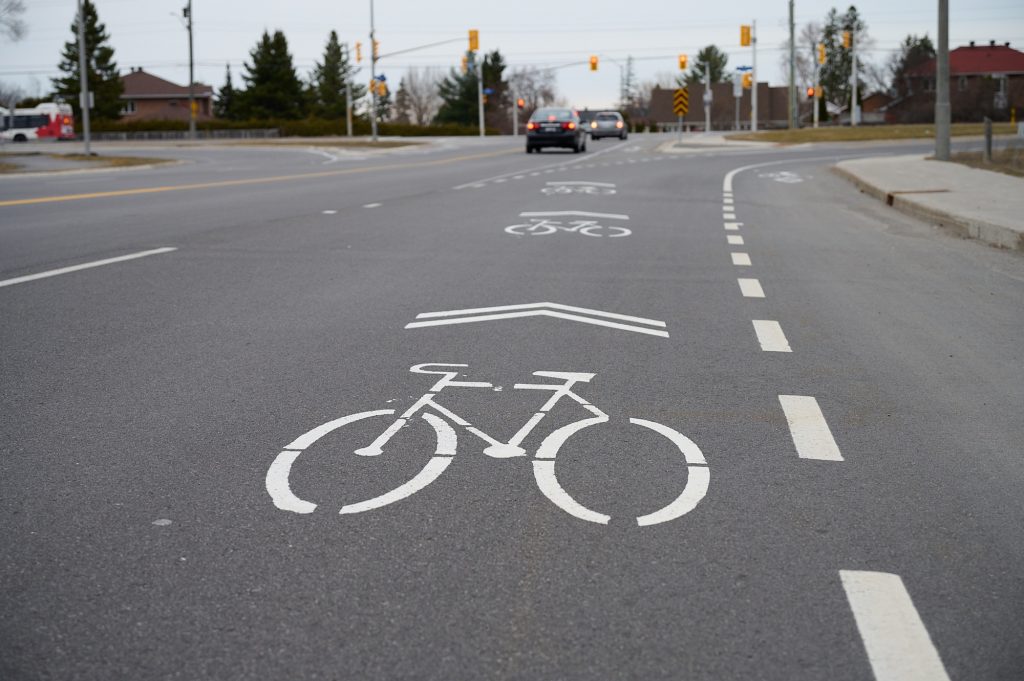By Charlie Senack
When Gabriel Rivett-Carnac sold his car and moved to a condo on Carling Avenue near Britannia Beach, he was looking for an accessible neighborhood to raise his family.
The “radical decision” to go from a vehicle with four wheels to relying on public transit and cycling has saved the father of one roughly $10,000-$12,000 a year. But it also comes with physical costs.
“I once rode my bike down to Carlingwood and it was the most terrifying experience I’ve had biking in Ottawa,” said Rivett-Carnac. “It’s only two kilometers away.”
Cars were swerving past and turning in various directions. It was not an enjoyable or relaxing experience, said Rivett-Carnac. When deciding to move to the waterfront community, it was chosen over other neighbourhoods due to its close proximity to shopping, trails, and the beach.
“When I step out on my balcony, to the south I can see Ikea [at Pinecrest] and to the east I can see Lincoln Fields. Right now, to access those locations, I will wait and build up a bunch of reasons before I make the trip,” said Rivett-Carnac.
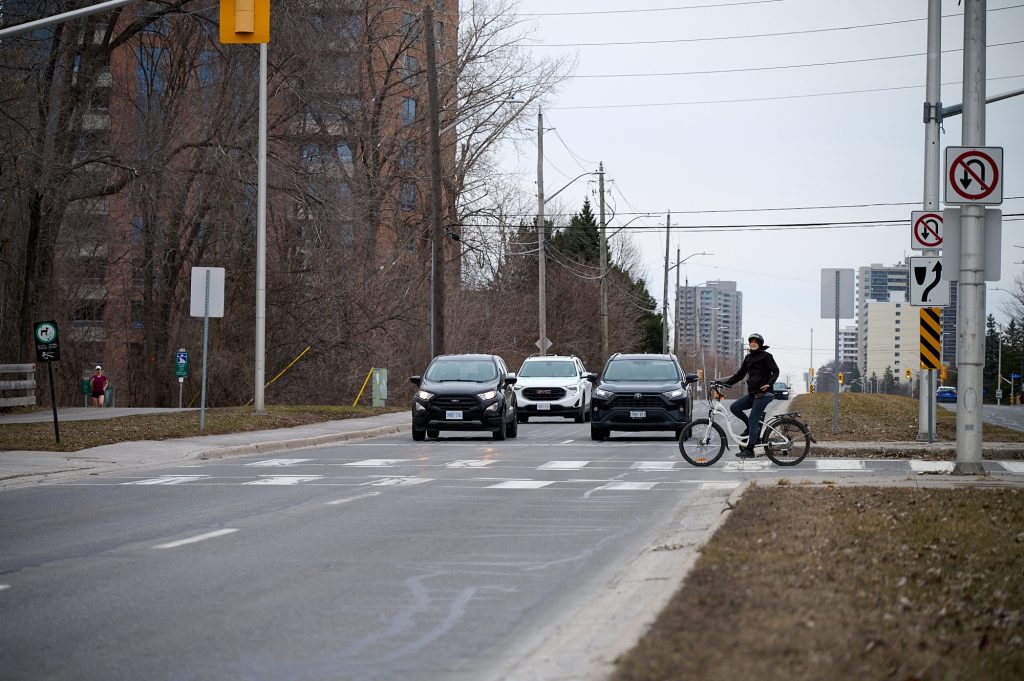
Carling Avenue is in the midst of a massive transformation. Dozens of high-rise buildings are being developed along the street, changing its landscape and purpose. Before the Queensway was built, it was used as the main thoroughfare connecting people from the east side of Ottawa to the west.
Bay ward councillor Theresa Kavanagh, who lives near Britannia Beach, said she’s long dreamed of biking down Carling without fear.
“Its character has changed over the years. Now it’s part of our urban landscape and we need to make it more liveable. To add bus lanes and bike lanes makes a lot of sense,” she said. “It’s a long, straight road and it will get me where I’m going.”
Bus rapid transit has been scheduled to go down Carling for about a decade, but plans have been stalled due to safety studies.
“I don’t know why it’s taking so long. I think it would be very, very helpful,” said Kavanagh. “It’s part of the dream.”
The Trillium line LRT extension from Bayview to Riverside South is expected to open this summer, whereas the Confederation line extension out to Moodie Drive and Algonquin College won’t be complete until at least 2026. There is hope when this happens BRT will be used to better connect the system.
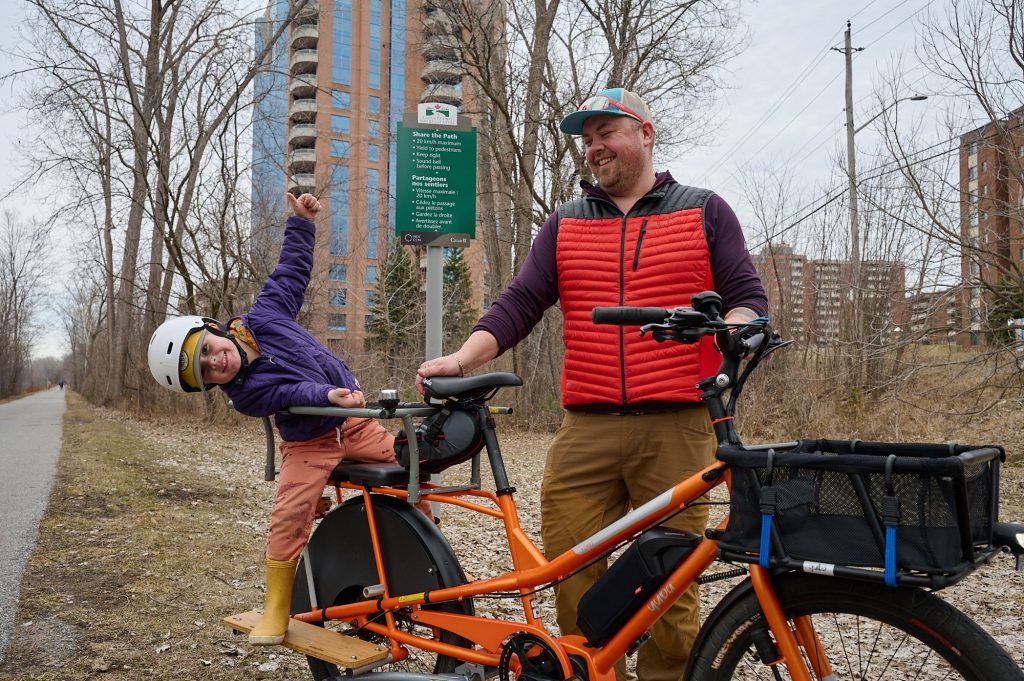
River ward councillor Riley Brockington said he wants to see a better and faster public transit corridor along Carling. In his ward’s section of the road, massive development is occurring at Westgate Shopping Centre and where the former Travelodge Hotel once stood. Multiple high-rise apartments could also be built at the former Canadian Tire near Clyde.
“We have long-term transit plans with stations at the major intersections, but whether that’s BRT, LRT or a tram system, I don’t know,” he said. “The new Civic Hospital [near Dow’s Lake] will be a big draw. The old Civic site will one day be redeveloped. I don’t know what it’s going to look like but we do know it won’t be an empty field.”
Revision needed
Dave Robertson, vice president of Bike Ottawa, said Carling is considered a stroad — a type of thoroughfare that is a mix between a street and a road.
“It’s running that fine line between being a place where people can move about their neighbourhood which is more of what a street is versus a road which is meant to move traffic quickly and efficiently,” said Robertson. “It tries to do both of those but it doesn’t do either very well. What you have instead is a traffic sewer which makes it dangerous for everyone. You’ve got to be a daredevil to bike down Carling right now.”
To make the community more accessible for cyclists and pedestrians, he’d like to see Carling put on a “road diet” with the number of lanes dedicated to cars reduced.
Robertson also suggested using quick-build materials like concrete barriers and pin curves to clearly define bike lanes, making it harder for cars to swerve into that space.
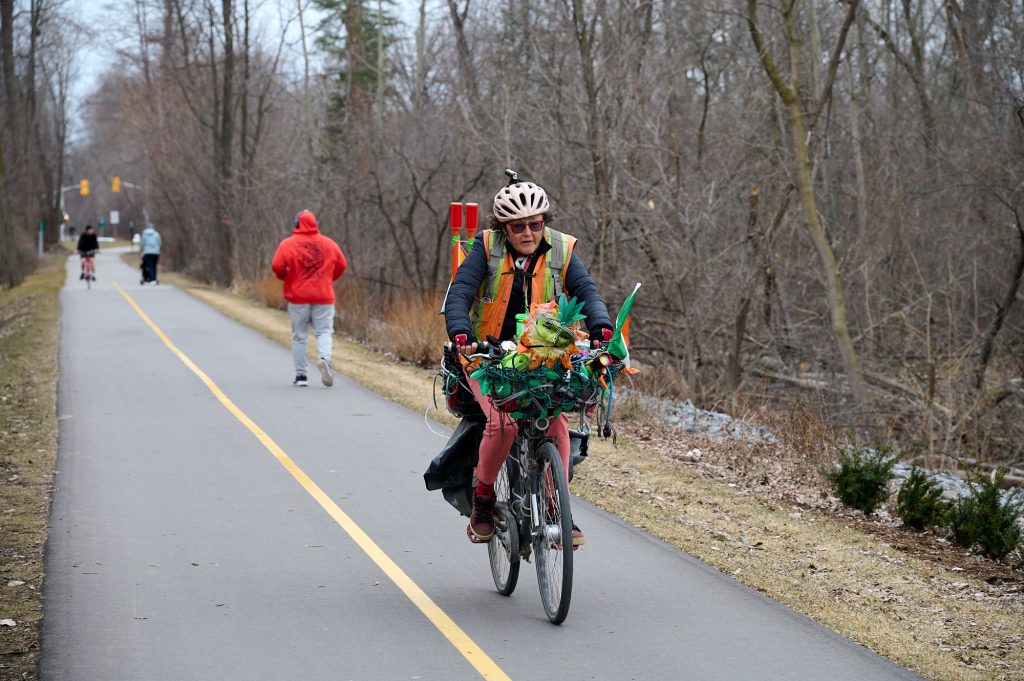
“It’s something that can change very quickly. It’s a willingness. If we are talking about bus rapid transit, you just have to dedicate a lane. You’ve already got that space you’re canvassed to work with,” he said. “For mobility lanes, people walking, using mobility devices… you create a nice wide curb lane so that people can move safely and it’s an attractive place to be.”
Until these simple pieces of infrastructure are added, Robertson said Ottawa is missing an opportunity. He said city staff are aware of these methods, and noted they have been used well on Laurier Avenue for the past 14 years.
Rivett-Carnac agreed and said a vehicle-only Carling is not needed when the Queensway can quickly take drivers from Dow’s Lake to Kanata.
“At some juncture the city is just going to have to go for it,” he said. “You don’t need six lanes with a 60 to 80 kilometer an hour speed limit. I have a lot of hopes and dreams, which is a dangerous thing in this city when you don’t own a car.”

